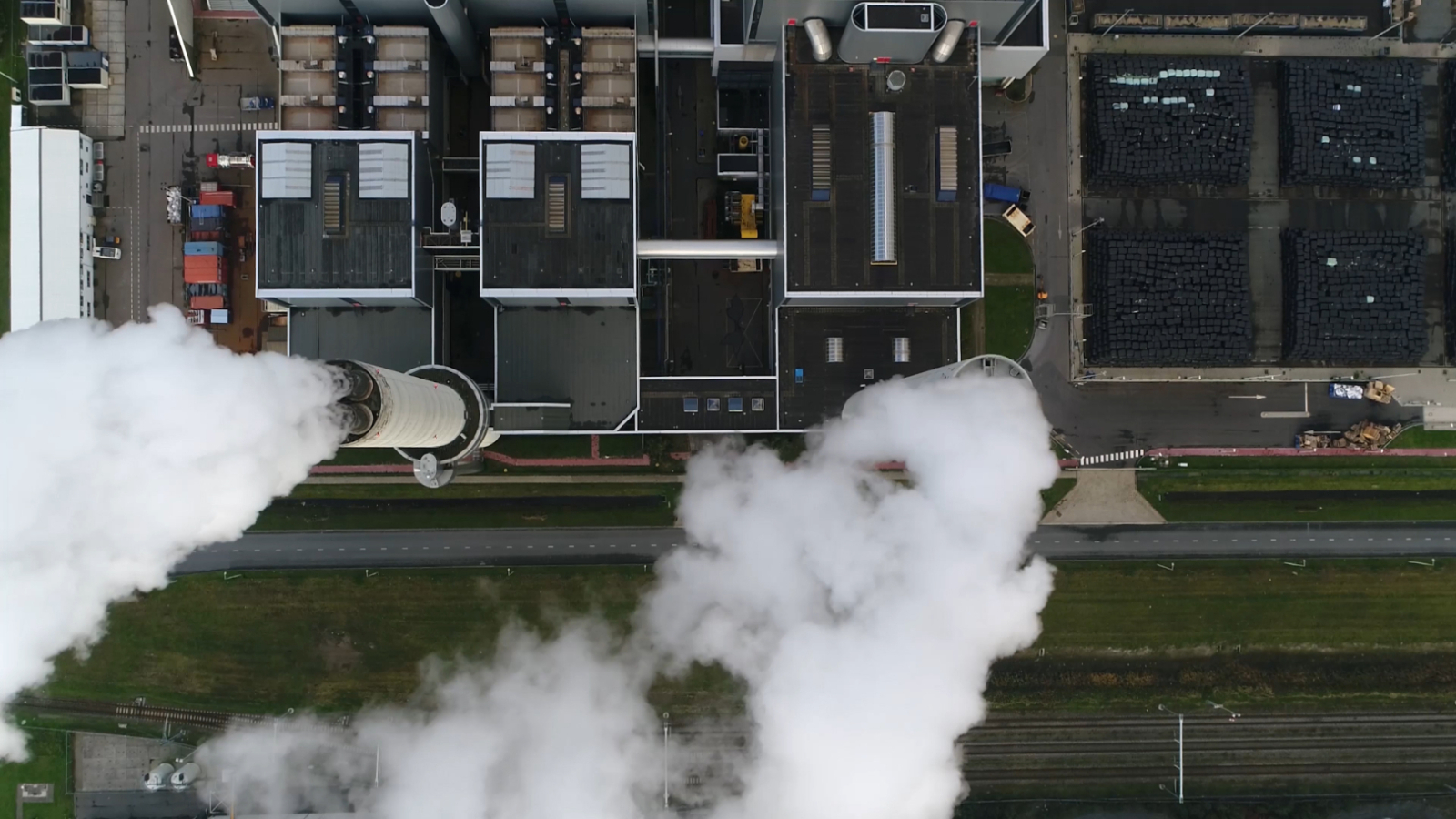
Can carbon capture be a good investment?
Carbon capture and storage facilities could make a key contribution to reducing carbon emissions, but are they good investments?
Carbon capture and storage (CCS) is set to play a crucial role in the transition to net zero, helping to reduce carbon emissions from industrial processes, particularly in the oil and gas sectors.
Net zero would be “practically impossible” without CCS, according to the Global CCS Institute, which says there are currently at least 29 CCS facilities around the world, capturing and storing 40 million tonnes of carbon dioxide per year. Moreover, the technology has been in use for more than 50 years, and around 300 million tonnes of carbon dioxide have been captured and injected underground, it reports.
However, there is still a considerable gap between existing CCS facilities and what is required to reduce global man-made emissions to net zero, the institute noted in its ‘Global Status of CCS 2021’ report, with between $655bn and $1.3trn in capital investment needed before 2050.
“All that is needed is a business case,” it notes.
However, convincing investors to back CCS schemes and facilities can be difficult, particularly as some previous attempts have failed to live up to expectations.
The Petra Nova example
The fate of the multi-billion-dollar Petra Nova facility – once the world’s largest carbon capture project, designed to reduce emissions from a coal-burning power plant in Thompsons, Texas – will weigh heavy on some institutional investors’ minds.
The project – a joint venture between NRG Energy and JX Nippon Oil & Gas Exploration – was shut down in 2020 after beginning operations in 2017. It had been expected to operate for 20 years but missed carbon storage targets by 17% during its first three years.
Having cost $1bn to install, after receiving a $195m grant from the US government and $250m from the Japanese government, lower oil prices made the plant unviable, and JX Nippon bought NRG’s 50% stake for a cut-price $3.6m.
With the closure of a project that has received such strong support, net-zero investors may ask whether such projects are viable long-term opportunities.
Nevertheless, CCS remains a vital component in the transition to net zero.
The CCS industry is in the early stages of its development, and there will be significant learning as the industry develops. This will lead to greater efficiencies.
A 50-years-old early-stage technology
While the technology has been around for decades, CCS remains an industry that is continuing to evolve, according to Michael Alsford, head of corporate finance and investor relations at UK-based Storegga, a specialist in CCS technology and infrastructure.
“The CCS industry is in the early stages of its development, and there will be significant learning that will occur as the industry develops,” he says. “This will lead to greater efficiencies from technological improvement, supply chain expansion and standardisation of equipment.”
One of the key challenges and sources of risk for the CCS industry is the development of regulation and policy, which remains inconsistent across different geographies.
For the UK, Alsford says streamlining the permitting and planning processes could help to accelerate the ramp-up of CCS.
He adds: “Like any early-stage industry, there needs to be an appropriate level of policy support to attract initial investment to facilitate the growth of the industry and achieve economies of scale.”
A proven decarbonisation technology
Despite the risks, there could be considerable opportunities in the CCS industry, given the scale of the net-zero challenge.
Iain Tobin, chief corporate officer at Carbon Clean, the UK’s largest independent carbon capture business, says CCS is a proven decarbonisation technology where costs are being driven down.
“This is a low-risk investment environment, given the proven nature of the technology and the stable and predictable returns,” he says. “Demand for CCS is expected to massively outstrip the ability to supply, so the opportunity is there for those ready to scale up the deployment of their technologies.
“The momentum behind net zero has built, and it is now front-of-mind for industries, consumers, and governments.”
While there are other options, for industrial companies, CCS can deliver a large proportion of their decarbonisation targets, both Carbon Clean’s Tobin and Storegga’s Alsford agree.
“We see a significant potential for CCS as a way to decarbonise industry and also generate negative emissions through direct air capture,” says Alsford. “Our confidence is underpinned by the increased policy support we are now seeing globally.
“The most important policy development in 2022 has been the Inflation Reduction Act in the US, which materially increased the incentives to build CCS projects.”
He adds: “What we need now is to open up this market to investment so that we can really accelerate the development of the CCS projects.”




